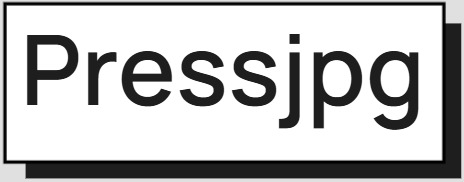Optimizing Images for Core Web Vitals: LCP, CLS, and FID
Published by ImageCompressor | Updated 2025
Introduction
Google’s Core Web Vitals are a critical part of modern SEO and user experience. Images play a major role in each of the three key metrics: Largest Contentful Paint (LCP), Cumulative Layout Shift (CLS), and First Input Delay (FID). This guide shows you how to optimize images to boost performance and search visibility.
Largest Contentful Paint (LCP)
What it is: Time it takes for the largest visible content (often an image) to render.
Goal: Under 2.5 seconds
Image Tips to Improve LCP:
- Use modern formats like WebP or AVIF
- Compress images with ImageCompressor before upload
- Host images on fast CDN (e.g., Cloudflare, BunnyCDN)
- Preload hero images using
<link rel="preload">
Cumulative Layout Shift (CLS)
What it is: Measures visual instability (when things jump on screen)
Goal: CLS score under 0.1
Image Tips to Reduce CLS:
- Always specify
widthandheightfor all images - Use responsive images with aspect ratio boxes
- Preallocate space for ads, images, and embeds
First Input Delay (FID)
What it is: Measures delay between user interaction and browser response
Goal: Under 100 ms
Image Tips to Reduce FID:
- Defer non-critical JavaScript and use lazy loading
- Use
loading="lazy"on offscreen images - Compress image sizes to reduce main-thread work
Testing Tools
Case Study: Optimizing LCP with Image Compression
A landing page using uncompressed hero images had an LCP of 4.8s. After converting to WebP and using preloading, it dropped to 1.9s and scored 98 on PageSpeed Insights.
Checklist
- [✔] Use compressed WebP/AVIF for hero and main content images
- [✔] Set width/height to prevent layout shifts
- [✔] Lazy load below-the-fold images
- [✔] Use CDNs and preloading for speed
Conclusion
Image optimization is essential for passing Core Web Vitals. From reducing file size to fixing layout shifts and improving load time, your images can either hurt or help your SEO and UX. Use the strategies above to stay fast, stable, and interactive.
